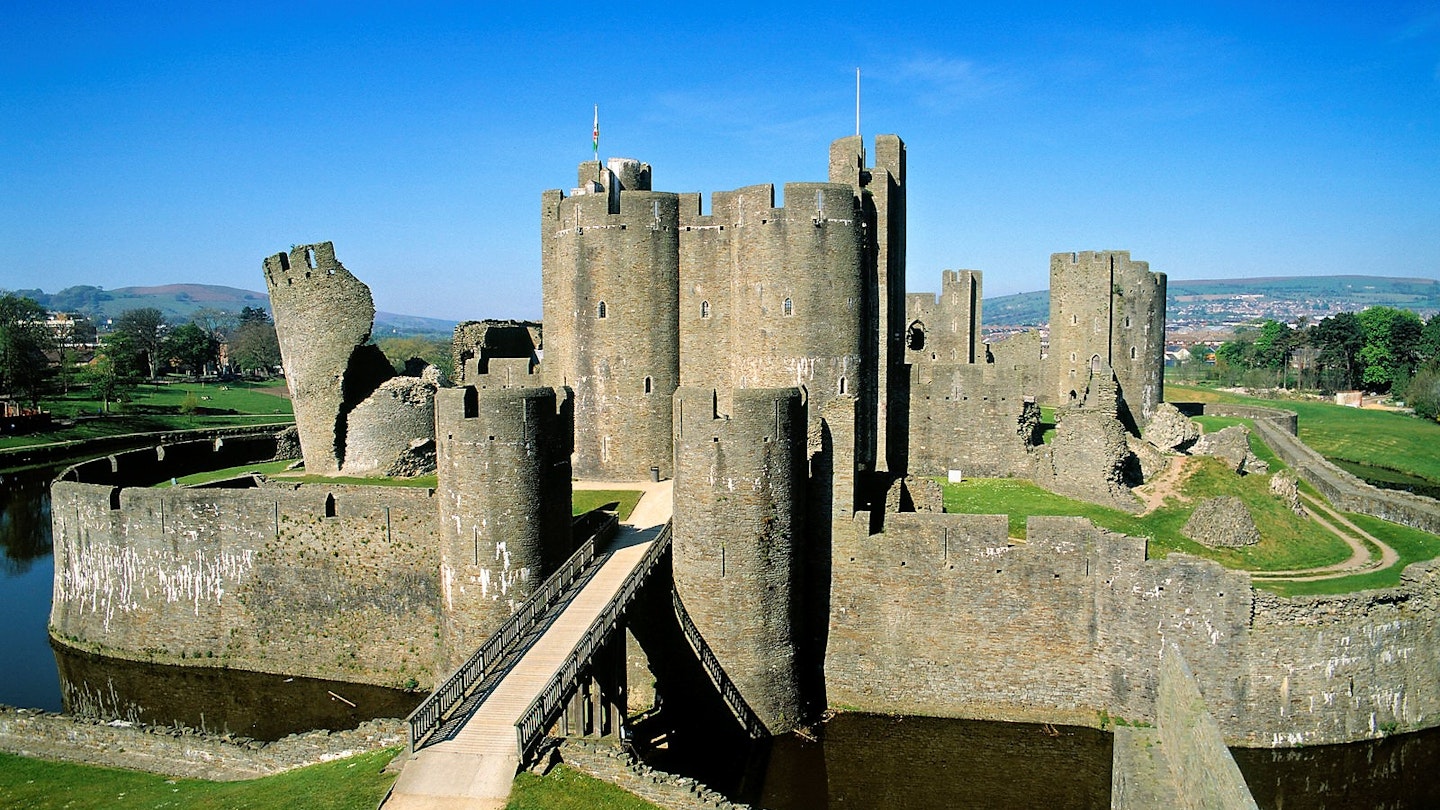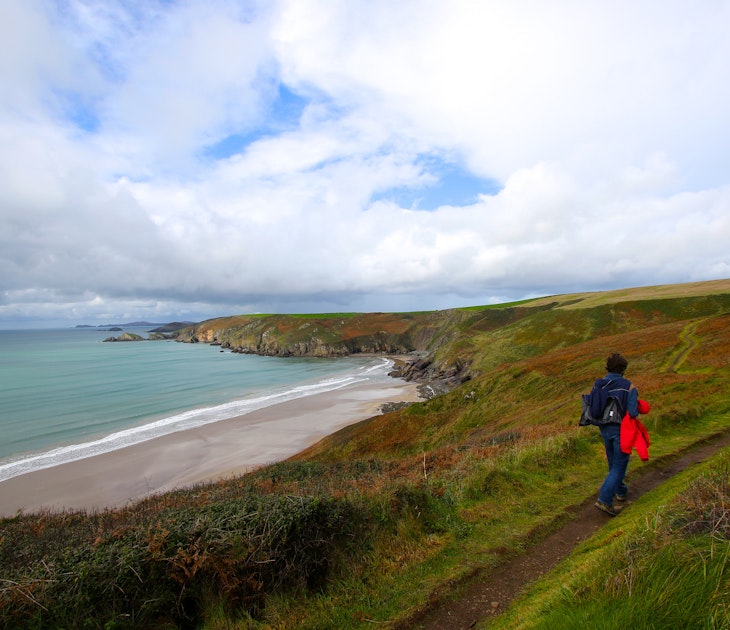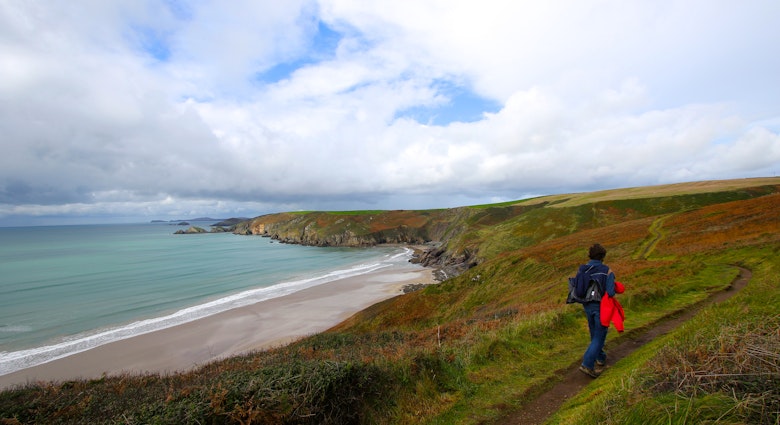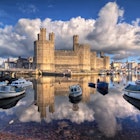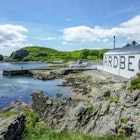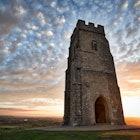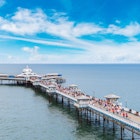For a small country, Wales certainly goes big with its castles. There are more than 100 of them today – down considerably from the 600 or more built over the country’s history, but still enough to make knowing where to start difficult. To help you out, here are seven of the best, whether you like them old and craggy, recently renovated or simply historically significant.
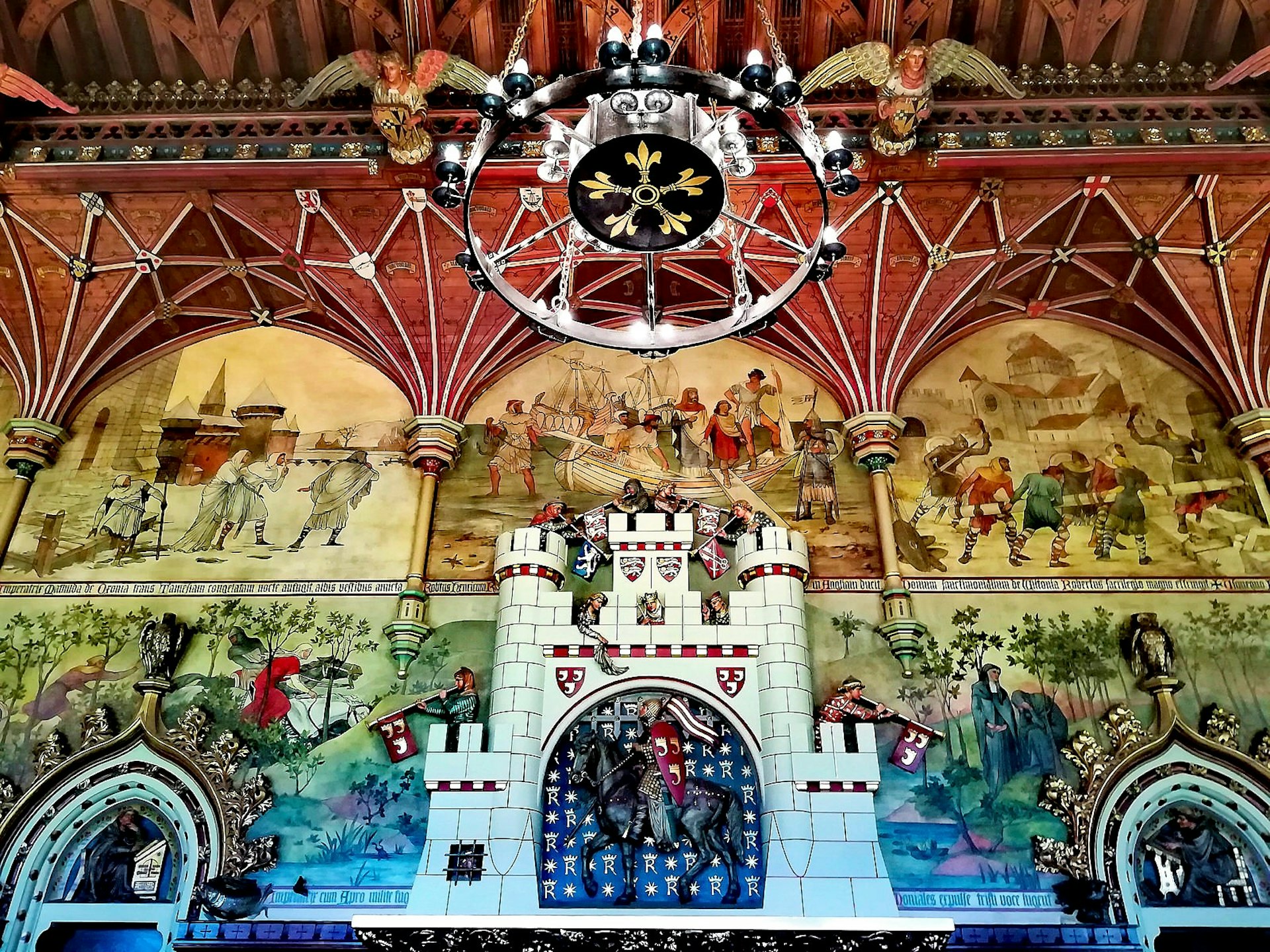
Cardiff Castle, Cardiff
To be the castle of a capital city, you’ve got to have something special, and Cardiff’s mix of Roman walls, medieval motte and bailey castle, and 19th-century Gothic mansion is certainly up to the job. Go behind the scenes with an access-all-areas tour, taking in architect William Burges’ breathtakingly opulent Victorian decor along the way.
The deep-coloured murals, gold-covered panels, wooden furnishings adorned with intricate carvings of animals and bright stained glass windows scream expense, grandeur and power – which is exactly what their creator, the third marquess of Bute, richest man in the world at the time, had in mind. Elsewhere on the grounds, you can climb the keep for city-wide views, check out a deadly trebuchet, scale the clock tower and find the hidden war shelters within the castle walls.
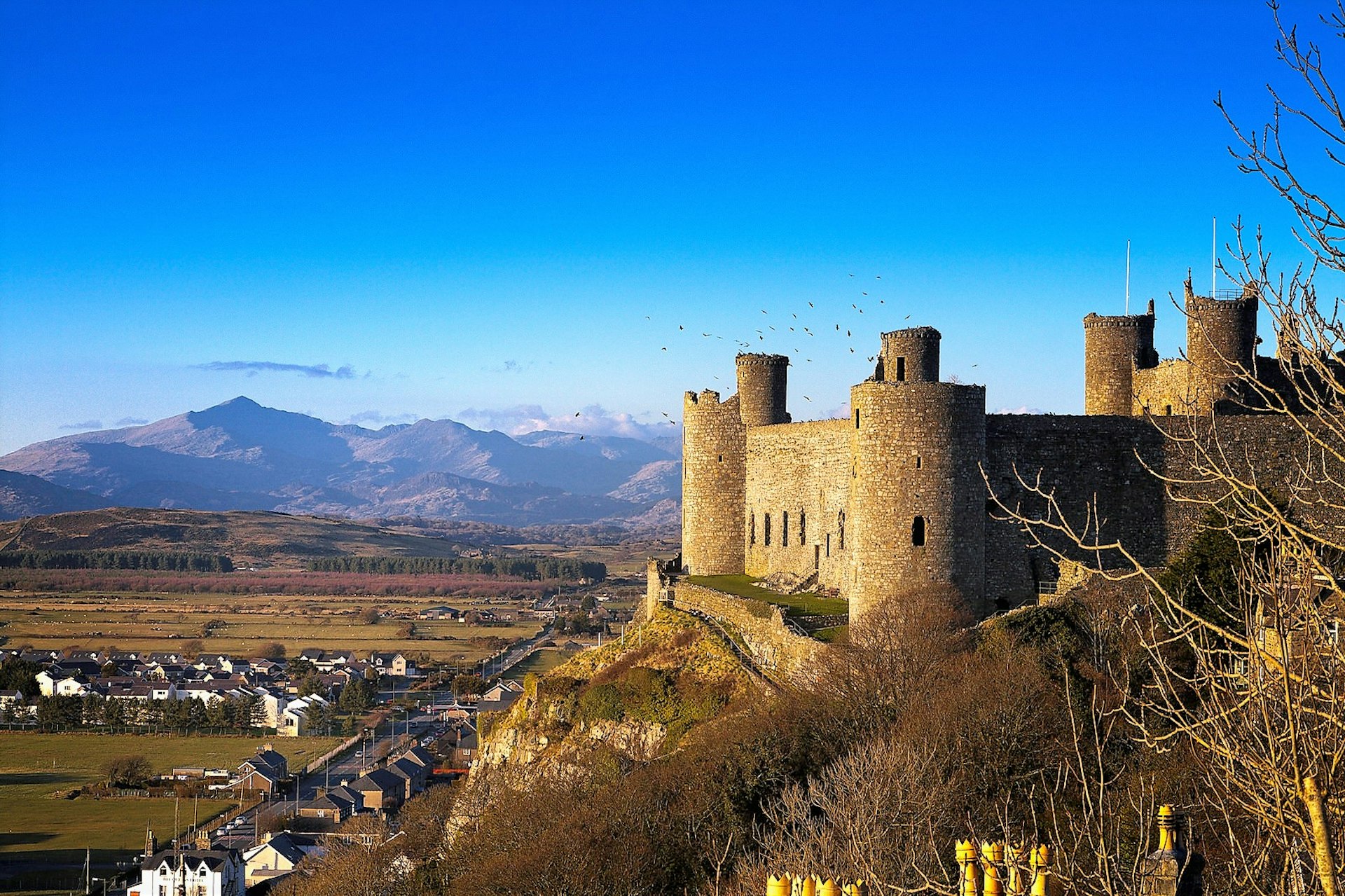
Harlech Castle, Gwynedd
Built in the 13th century on top of a 200ft, steep-sided cliff, Harlech Castle has the best vantage point over its namesake town and wonderful vistas towards Snowdonia National Park. A Unesco World Heritage Site, the castle has impregnable concentric walls that were a key part of its highly defensive structure – which is probably why it was the last remaining Lancastrian stronghold in the Wars of the Roses.
There is no end to the historic features on show at Harlech, many of which can be seen from the ramparts. Look out for the stairway stretching from the castle down to the bottom of the cliff, the new floating bridge that leads to the award-winning visitor centre, the four corner towers, and the water gate that allowed boats to make deliveries across the moat, even during a siege.
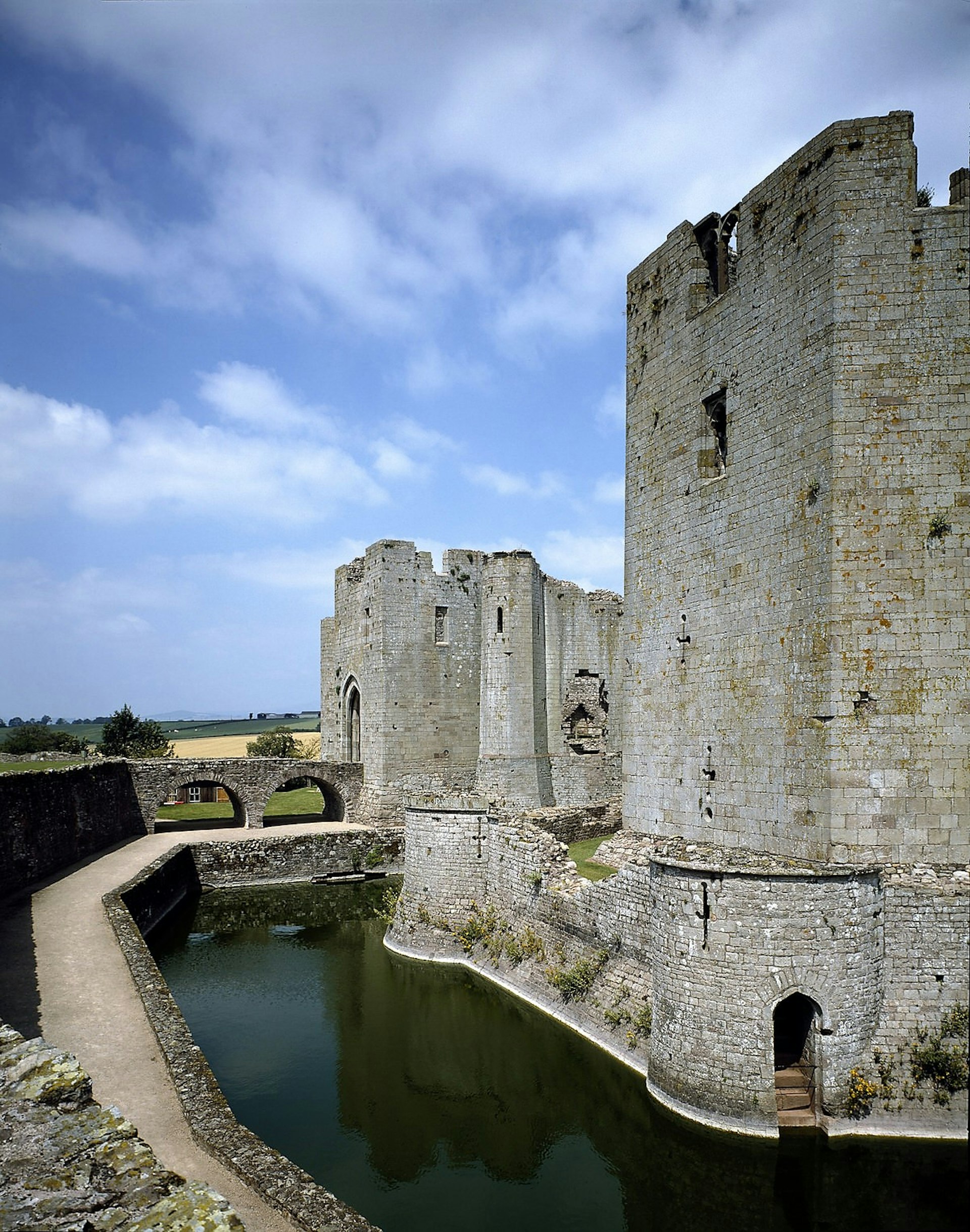
Raglan Castle, Monmouthshire
A castle focusing on style over substance, Raglan is a sprawling and impressive fortress that was once home to Henry Tudor. Nowadays, the remains include high towers, unusually decorative look-outs in the brickwork, medieval bay windows, dark cellars housing centuries of secrets and the original water-filled moat.
Climbing around the castle is best left to the steady-footed. At the top of the towers and turrets, you can see for miles over the Monmouthshire countryside, just like the castle’s first inhabitants would have done. If you visit, go early in the day as it gets busy, and download the free Cadw app for interactive content while you explore the site.
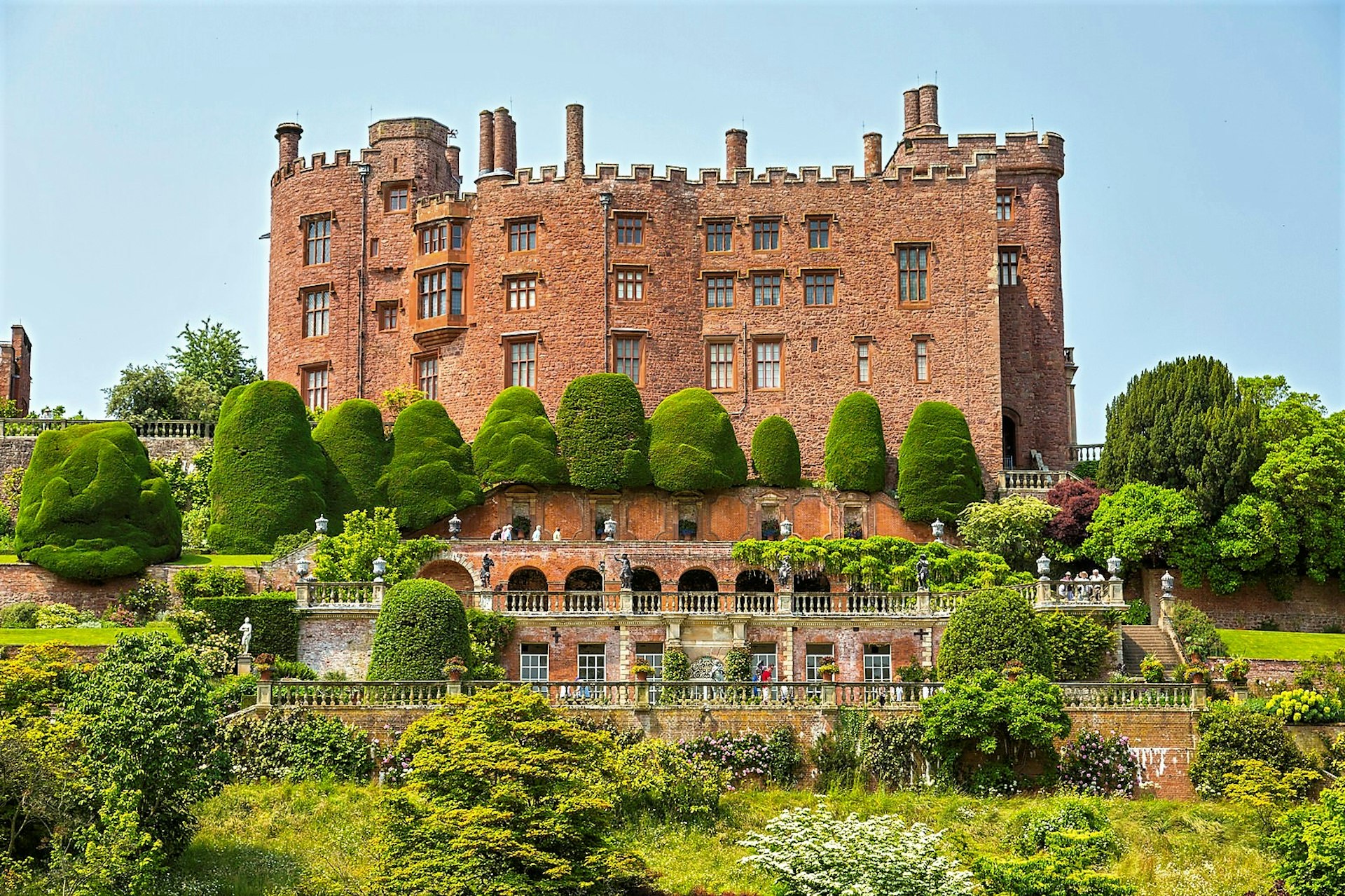
Powis Castle and Garden, Welshpool
It’s impossible to visit this medieval castle and garden without being wowed. In fact, even though the castle is spectacular, the Italian and French inspired grounds are equally dramatic. Rare and exotic plants, bright flowers, overhanging trees and lead statues adorn the terraces below the castle, which rests on a massive rock.
The interior doesn’t have the original decor, but is still wonderfully lavish. Hand-painted murals on the ceilings, portraits framed in gold and elaborate wardrobes and cupboards are plentiful. There’s also a huge collection of paintings, sculptures, furniture, tapestries and foreign treasures in the Clive Museum, with many pieces coming from India and the Orient.
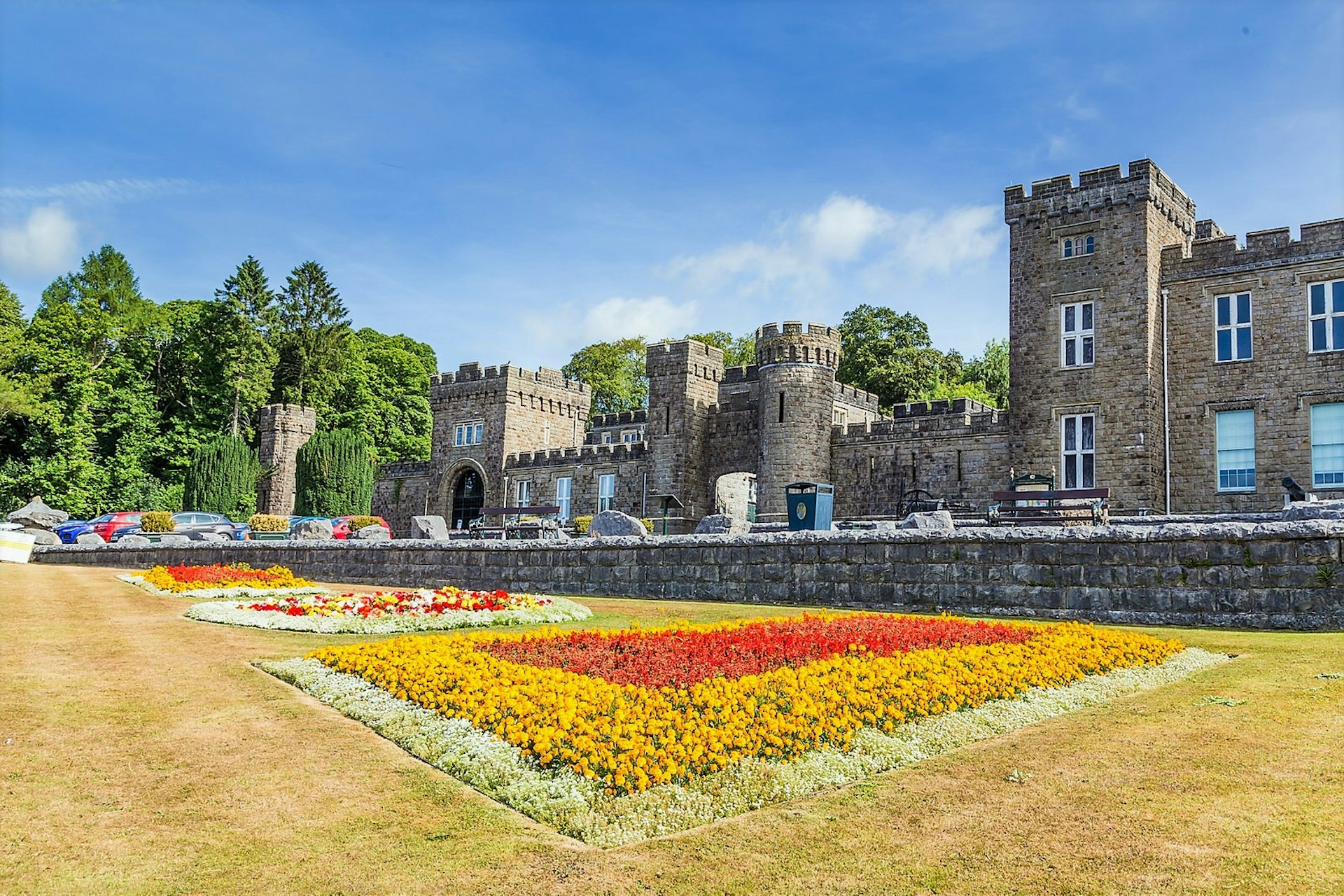
Cyfarthfa Castle, Merthyr
Situated in the former iron capital of the world, Merthyr Tydfil, Cyfarthfa Castle is a relatively modern build that was erected during the Industrial Revolution. Set in 160 acres of gardens, the castle overlooks sweeping greenery, wooded parkland and a lake, with small towns in the distance. You can imagine the wealthy original owners, the Crawshay family, gazing down the valley to their ironworks.
The castle is more of a large mansion than a fortress, but the walls, built of locally quarried stone, make it look powerful and stately. Inside, you can wander through the kitchen, bakehouse, reception rooms and cellars. There’s also a small museum of historical Welsh items, art pieces and Egyptian, Greek and Roman artefacts, and don’t miss the tearoom, famed for its cream teas.
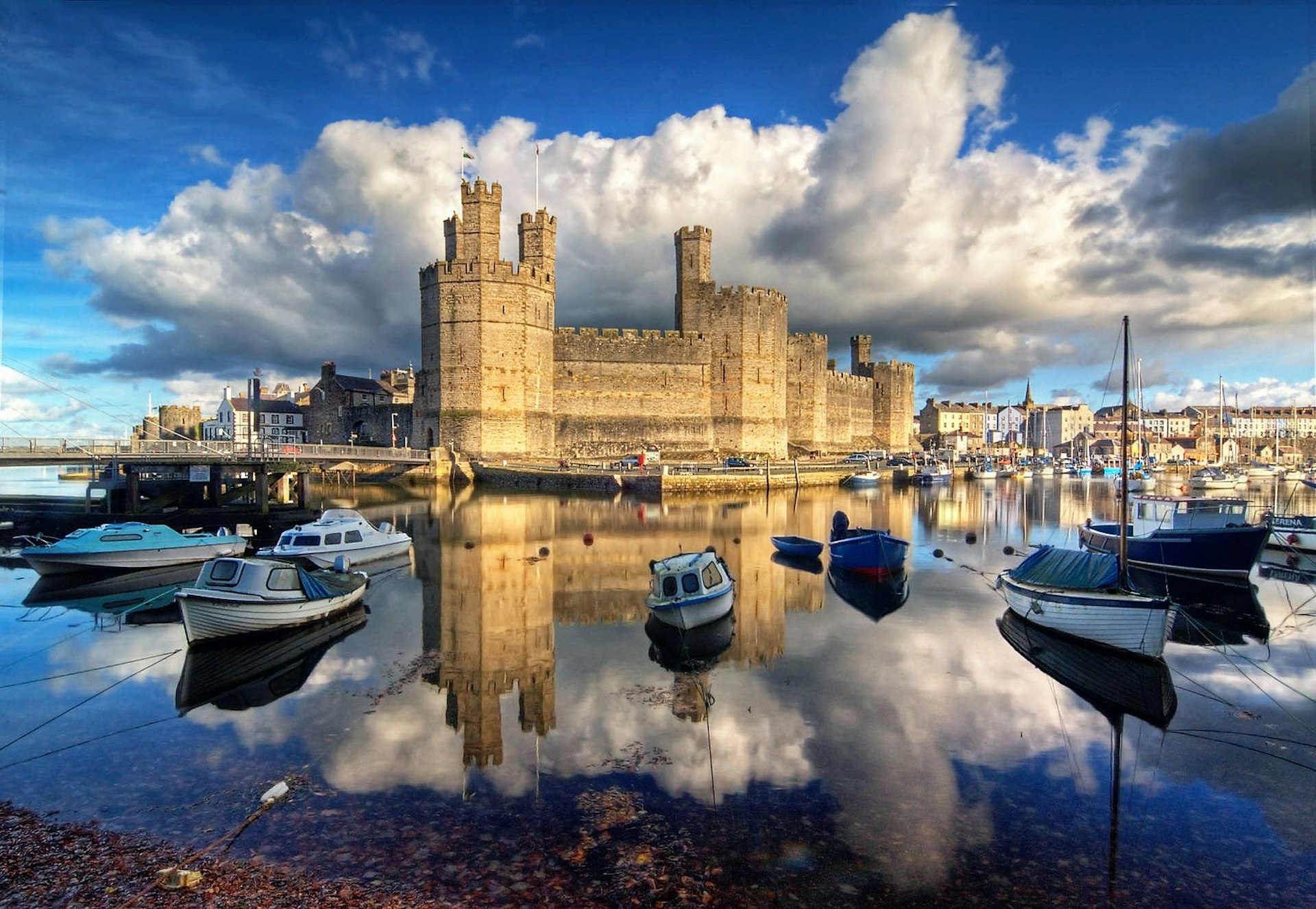
Caernarfon Castle, Caernarfon
Any castle enthusiast worth their salt will have heard of and will want to check out colossal Caernarfon. This north Welsh World Heritage Site originally consisted of nothing more than a motte and bailey structure before it was transformed in the 1280s by Edward I during his Welsh campaigns. Unusual for castles of the time, there are bands of coloured stones in some of the walls and polygon-shaped towers, which were probably King Edward I’s attempts to personalise the castle. The hefty walls alone tell onlookers that he was not to be messed with.
Today’s visitors can explore almost all the castle, including the winding stairways, the narrow corridors, the eerie cellars, the grass-covered wards, the wide water-filled moat and the numerous towers. There’s also a café where you can look out over the castle grounds, a Royal Welch (correct spelling) Fusiliers Museum, and regular events including re-enactments and ghost walks.
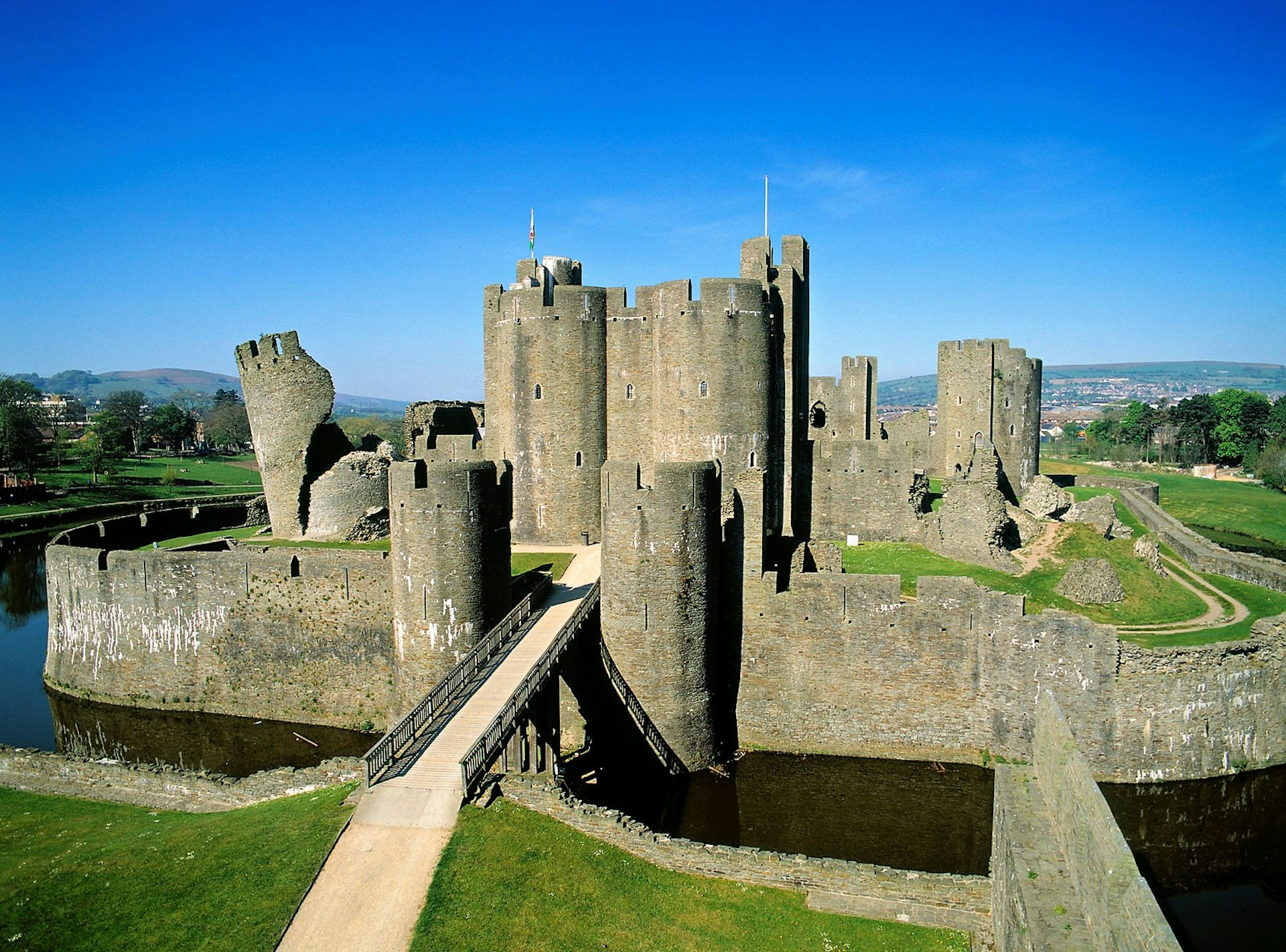
Caerphilly Castle, Caerphilly
The largest castle in Wales and second largest in Britain, Caerphilly Castle dwarfs its eponymous town on the edge of the South Wales Valleys. It was built in the 13th century by Gilbert de Clare, an Englishman who wanted to conquer Glamorgan. To protect himself and his army while maintaining comfort, he chose for the castle to have concentric walls within walls, to be surrounded by artificial lakes and to have spacious rooms. Apparently, the defences were so strong, they held off the attack of 10,000 men who ambushed it in 1316.
The castle is right in the heart of Caerphilly and is relatively easy to wander around, starting with a bridge over the filled moat. One of its most famous features is the southeast tower, which leans more than the Leaning Tower of Pisa. It holds lots of events throughout the year, including the annual Caerphilly Big Cheese food festival which brings over 100,000 people to the area over the course of a weekend.
